How to Fill a Large Planter: Effective Tips and Tricks
Posted by Jason Wyrwicz on May 23rd 2024
Large planters are an essential décor element for every home and commercial property. They come in large sizes, allowing them to create a bigger visual impact on your space than small pots.
While small pots are easier to fill, filling large planters comes with some challenges. From selecting the right filler material to layering the planter and filling it for the best drainage, there are many factors to consider when filling large pots.
Below are some helpful tips and tricks on how to fill a large planter to ensure it stays fresh, healthy, and attractive.
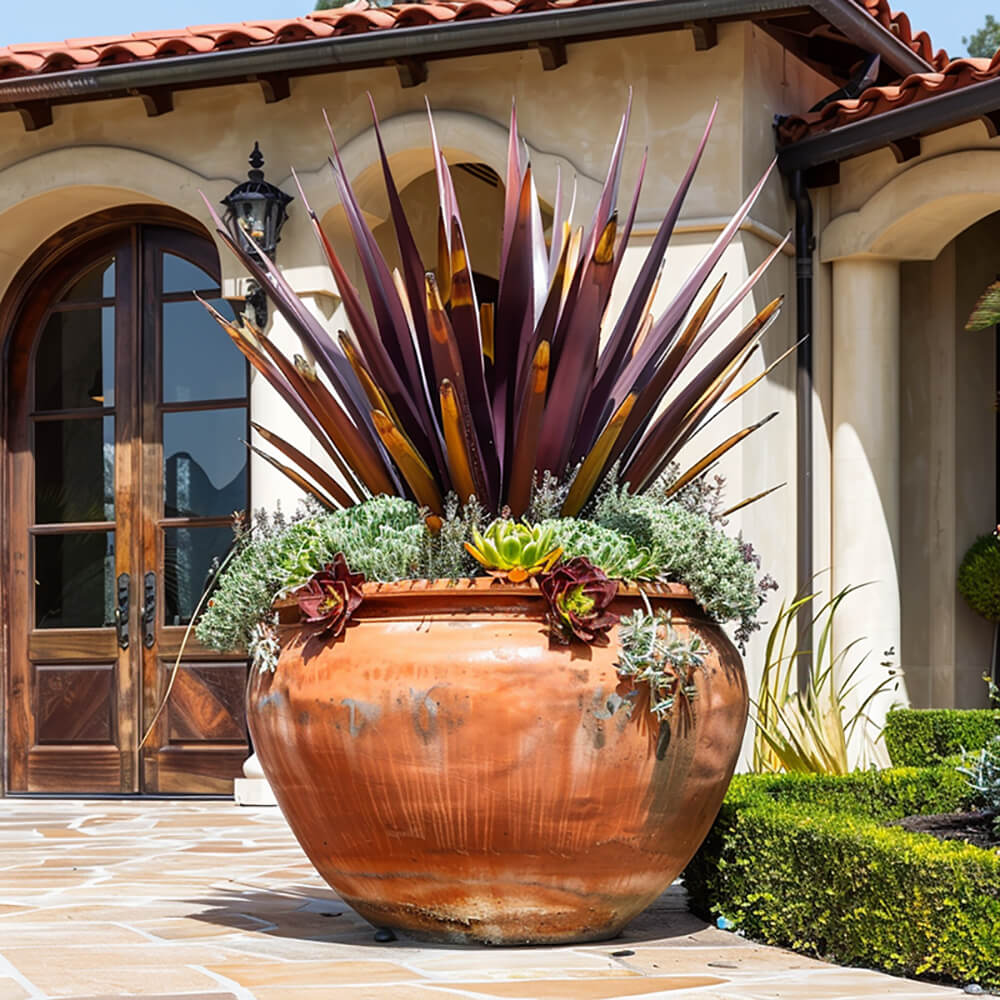
Categories of pot fillers
To know how to fill a large planter, it’s important you understand the categories of pot fillers.
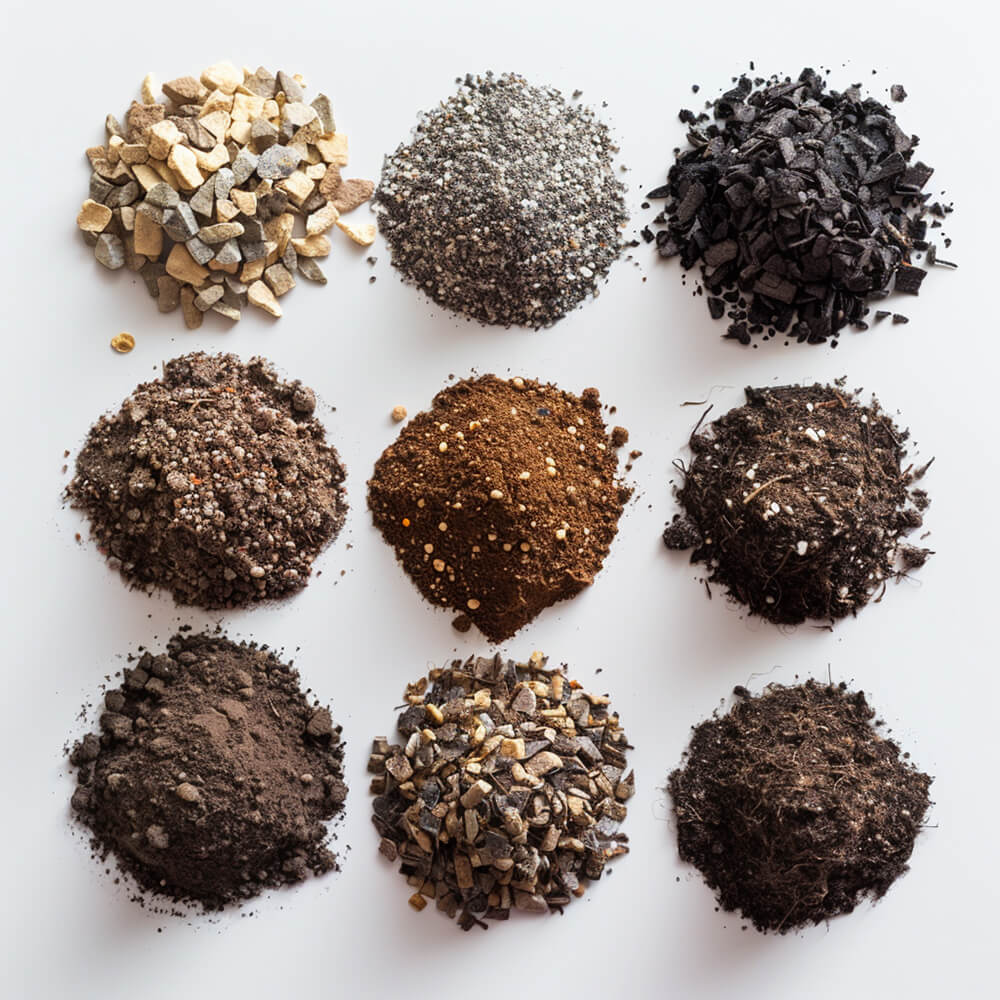
Lightweight pot fillers
Before filling a large planter, determine its mobility needs.
How often will you move the planter? Once every six months? Every winter? Or each month?
Big planters are made of heavy materials like clay, ceramic, concrete, and stone. This makes moving them difficult. If you’d move your container garden often, consider lightweight pot fillers.
Lightweight fillers come in two varieties: those made of compostable materials and those made of non-biodegradable materials.
Compostable Materials
- Pinecones
- Wood chips
- Paper cups
- Coconut fiber
- Recycled cardboard pieces
- Sphagnum moss
Non-Biodegradable Materials
- Bubble wrap
- Plastic bottles/ plastic containers
- Foam blocks
- Crushed soda cans
- Empty plastic
- Plastic milk jugs
- Empty potting soil bag
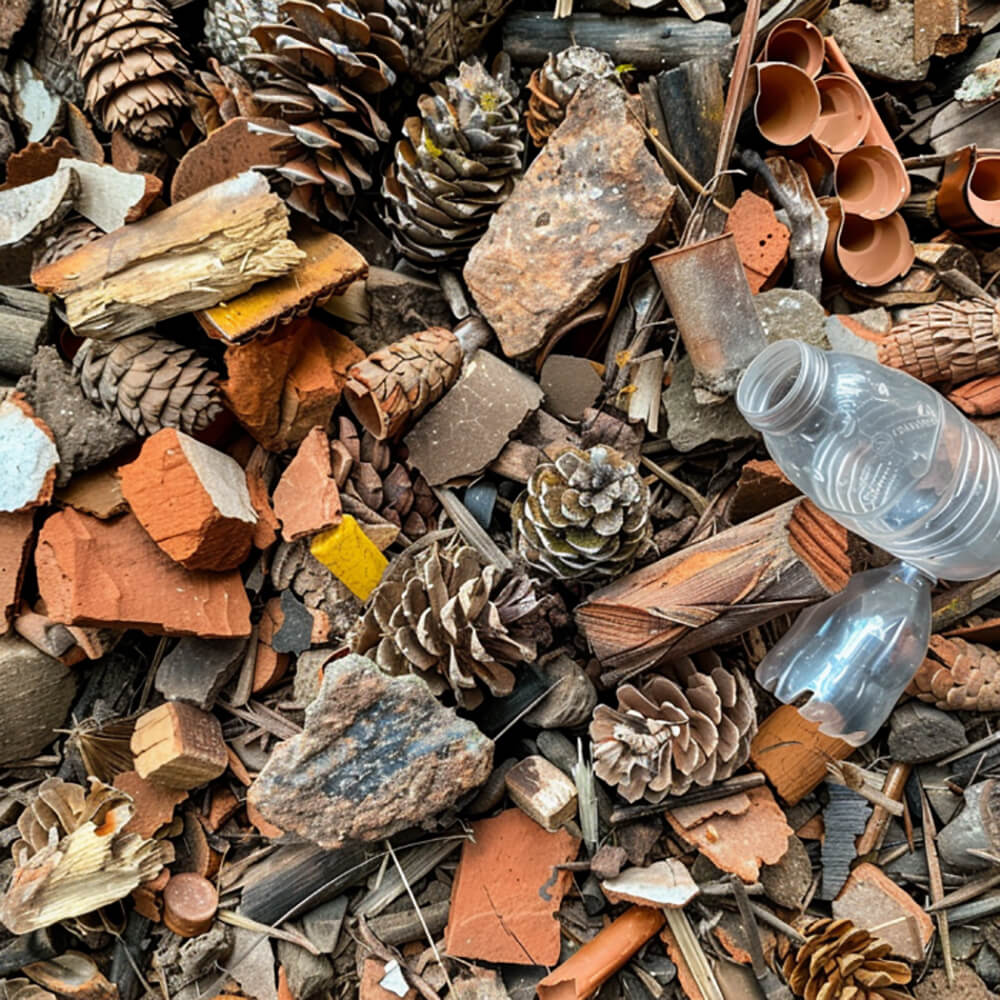
Heavy pot fillers
Heavy and immobile planters can add aesthetic appeal to your garden or landscape. They have heavy bases, making them ideal for homeowners looking to grow larger plants in their containers.
Heavy planters require heavy pot fillers for stability, root support, and proper drainage. Like lightweight fillers, they come in two varieties:
Compostable Materials
- Tree branches
- Broken ceramic
- Wood logs
Non-Biodegradable Materials
- Glass pebbles
- Sand
- Gravel
- Large rocks
- Broken pieces of concrete
- Empty beer or wine bottles
How to fill a large planter
Here are a few tips and tricks on how to fill big planters.
1.Select the right soil mix.
Selecting the right soil mix for your large planter is essential. A high-quality mix encourages strong root growth and provides the necessary nutrients for your plants to thrive. The opposite can hinder the growth and development of your plants.
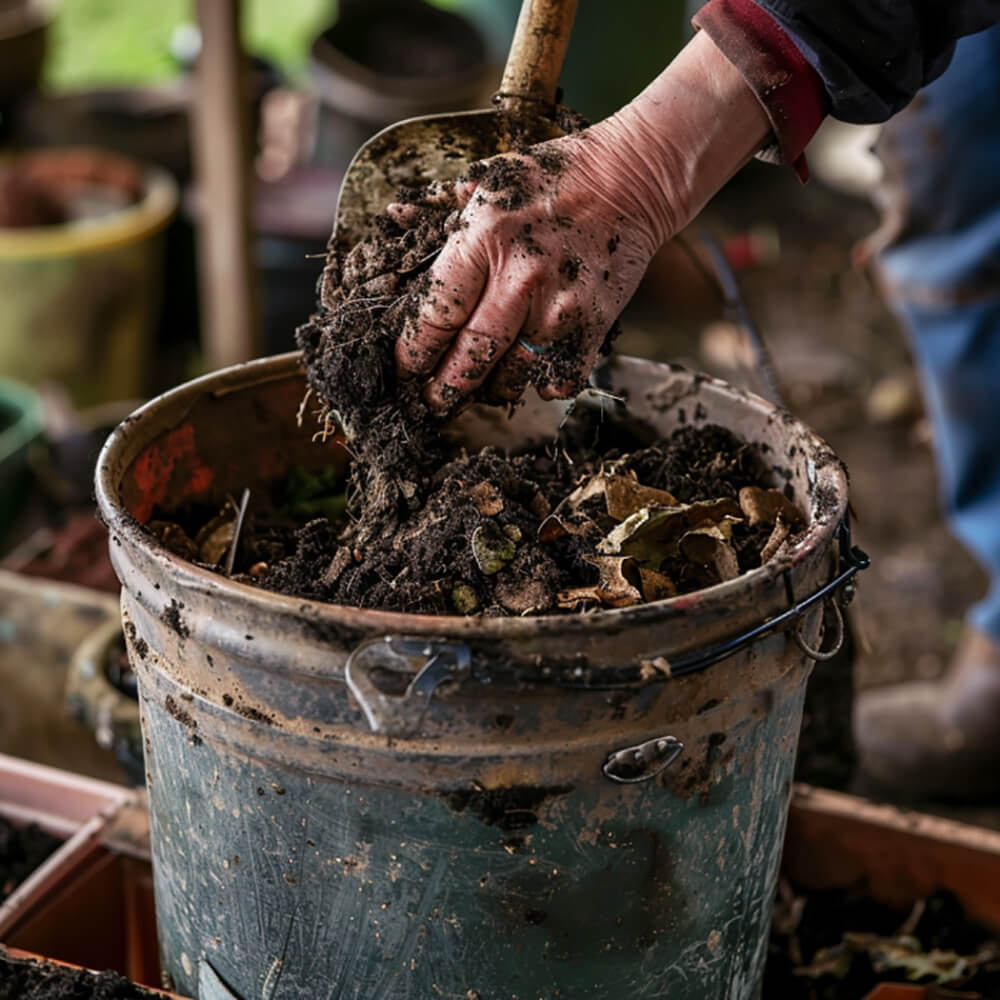
Choose high-quality mixes that are made specifically for containers. Lightweight soils—especially those that can hold moisture without waterlogging—are ideal for large planters. Garden soils, on the other hand, are a bad choice for large planters as they can become compressed, thus restricting root growth in containers.
Common soil mix to use in your containers are:
- Coir
- Bark
- Compost
- Sphagnum peat moss
- Perlite and vermiculite
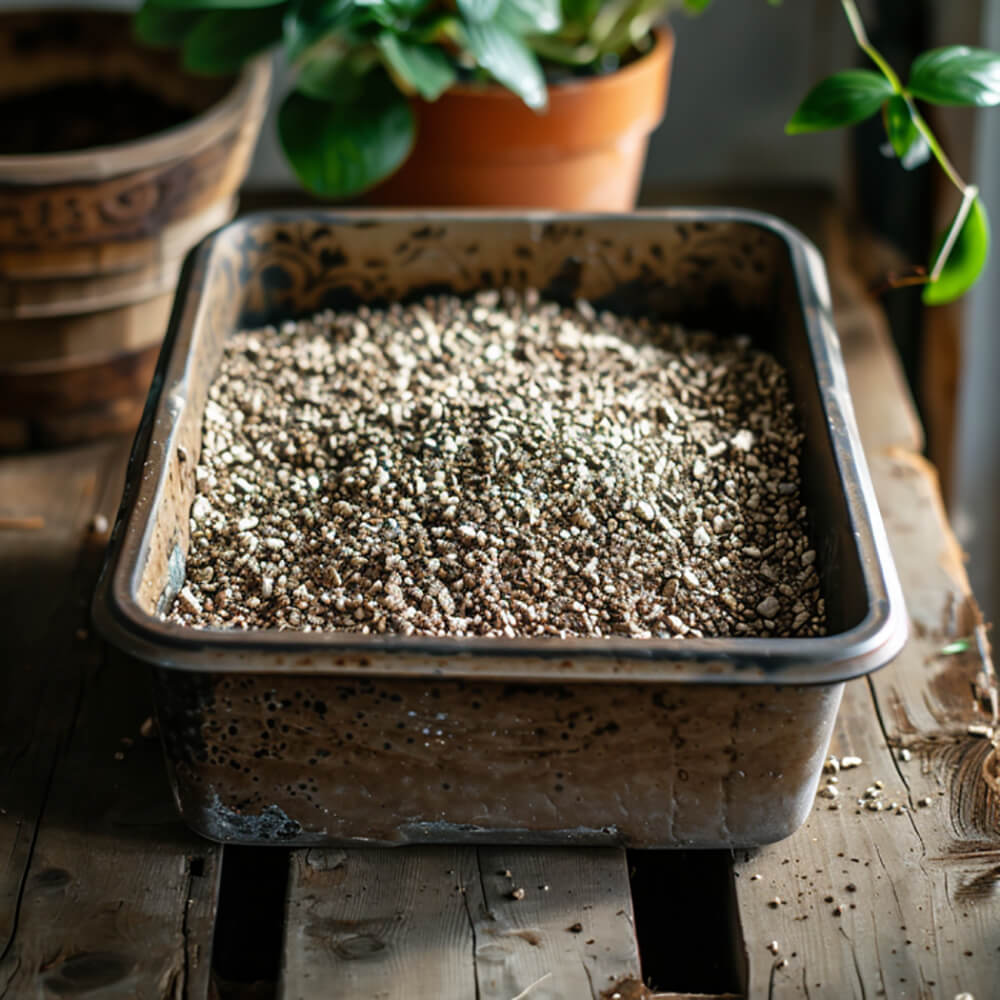
2.Include the right drainage material.
Excessive water at the base of your planter is a recipe for root rot. To prevent this, include drainage materials at the bottom of your planter before placing your soil mix. This will stop water from accumulating underneath the container, preventing waterlogging and root decay.
Common drainage materials to consider for your big planter are:
- Gravel
- Pebbles
- Broken poetry
- Recycled plastics
3. Add pot fillers
Do you want to save money on soil?
Add pot fillers to your large planter!
Pot fillers are materials used to complement your soil mix, offering support for plant roots. Common examples of pot filler materials are:
- Coconut fiber
- Empty plastics
- Foam block
- Bubble wrap
- Crushed soda cans
- Paper cups
- Wood chips
When filling a large planter, add some plant fillers to the draining layer before adding your soil mix. This will help improve the drainage and lessen the overall weight of your planter.
4.Prioritize plant arrangement
Don’t be like the inexperienced Gardner who adds plants to their planters randomly. This could ruin your plant’s aesthetic appeal and health, defeating the purpose of having large planters.
When adding plants to large planters, consider their size.
Are your preferred plants tall?
Place them in the center or behind the planter, while short plants should stay at the edges. You should also consider the growth habit and light requirements of the plant.
You can mix plants of diverse shapes, textures, and colors to add depth and visual interest to your space.Don't forget to separate each plant to reduce competition and encourage growth.
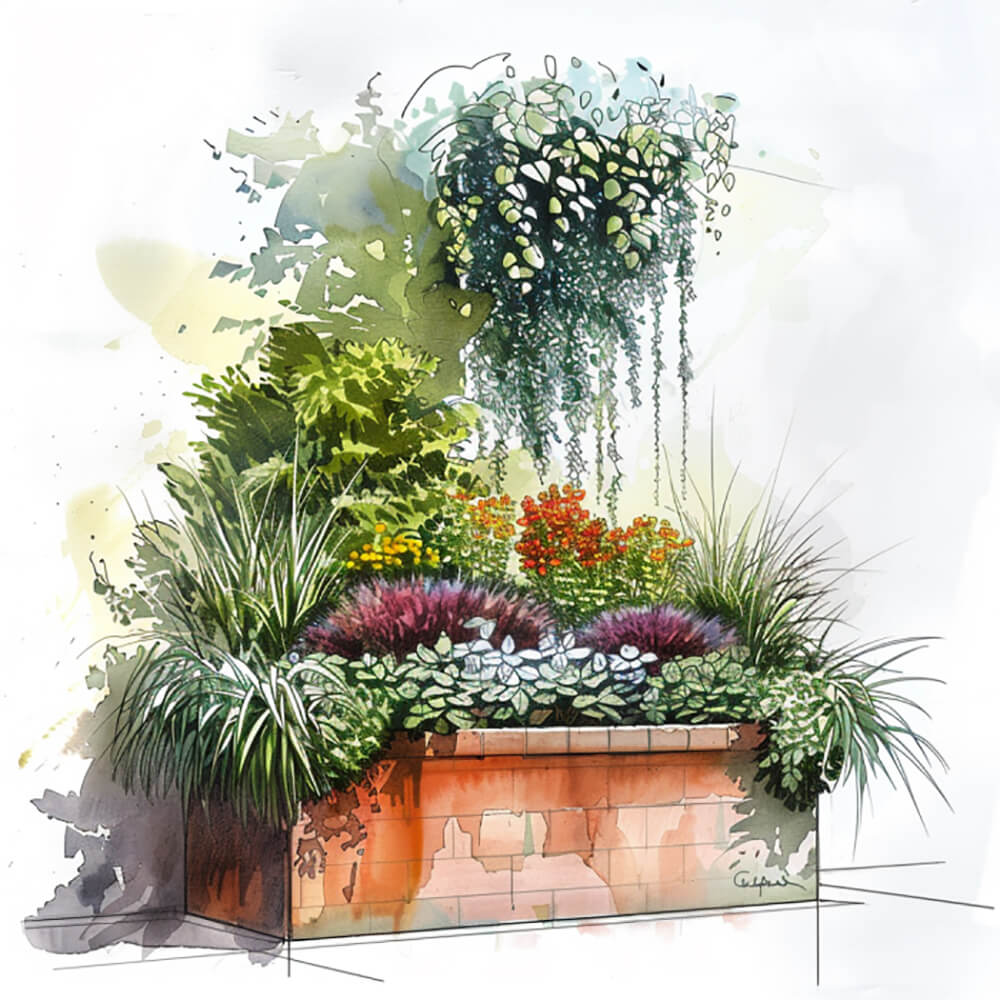
Plant arrangement can complement a well-designed planter and celebrate its aesthetics.
5.Prioritize flower care and maintenance
After filling your planters with the plants of your choice, what next?
You maintain them!
Proper care and maintenance are necessary for the health and appearance of your plants. A well-maintained plant will add more beauty to your space, making it more inviting and peaceful. The opposite will lower your curb appeal and create a thriving environment for pests.
Prioritize consistent care to keep your plants healthy. Water them regularly, but not excessively, to prevent waterlogging. Check the soil moisture levels with your finger. Does it feel dry? If yes, add water. You should also add fertilizer to the soil of your plants to boost their nutrient levels, thus stimulating growth.
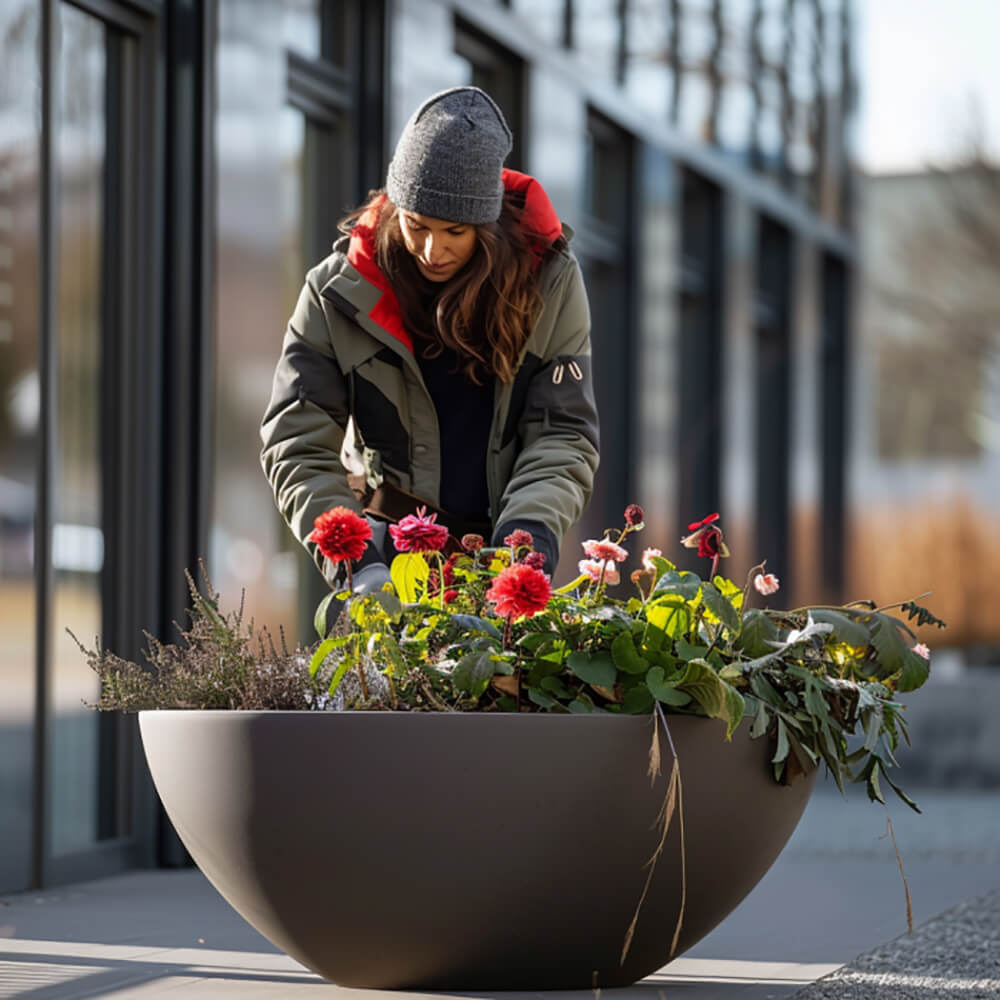
How to fill a large planter for the best drainage
Learning how to fill a large planter is one thing; learning how to fill it for the best drainage is another. The latter will prevent waterlogging, encouraging the healthy growth of your plants.
Here are a few tips on how to fill a large planter for the best drainage:
Add drainage materials
Drainage materials are necessary additions to large planters. Placed underneath a planter, these materials create little spaces, preventing excess water from accumulating, thus saturating the root zone.
Common drainage materials to use for your big pots are:
- Glass pebbles
- Gravels
- Small rocks
Add filter layer
Add a landscape fabric on the selected drainage material to stop soil from filtering into the drainage layer. The arrangement also allows water to pass without hindrance, preventing waterlogging.
Fill with potting mix.
After adding a filter, fill the planter with a high-quality potting mix. Go for lightweight and well-drained mixes, especially those made for containers. Don't use garden soil, as it impedes water drainage.
Aerate the soil with perlite or vermiculite.
Perlite and vermiculite can help aerate the soil. Adding these materials to the soil of your planter can also prevent it from being too compact, encouraging proper drainage.
Create a sloped surface
Adding drainage holes in your planters helps divert excess water away from its base. But you still need to create a slope towards one side of the planter. This helps ensure excess water flows from the planter's base towards the drainage hole, preventing waterlogging.
Water carefully or track your watering routine.
When watering your plants, it's essential to strike a balance. Overwater the plants, and you’ll suffocate their roots, causing them to rot and die.
What if you underwater the plants? They’ll wither, too.
Monitor your watering routine and make adjustments where necessary to promote the healthy growth of your plants. Only water your plants when the soil becomes dry to the touch.
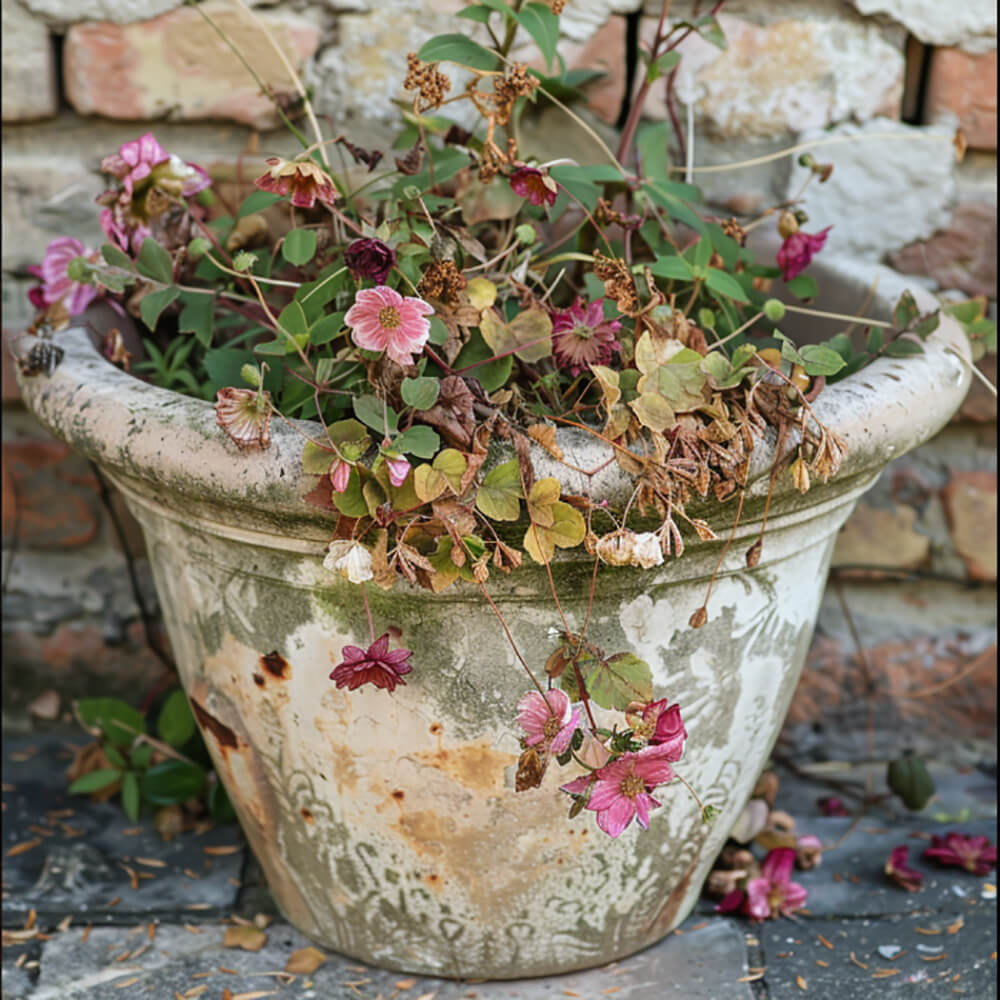
How to weigh down large planters
Imagine spending so much time and resources on a large planter, only to watch it tipped over by a clumsy visitor or strong wind. This is what happens when you fail to weigh down large planters.
Here are a few tips on how to anchor large planters in place to prevent them from tipping over.
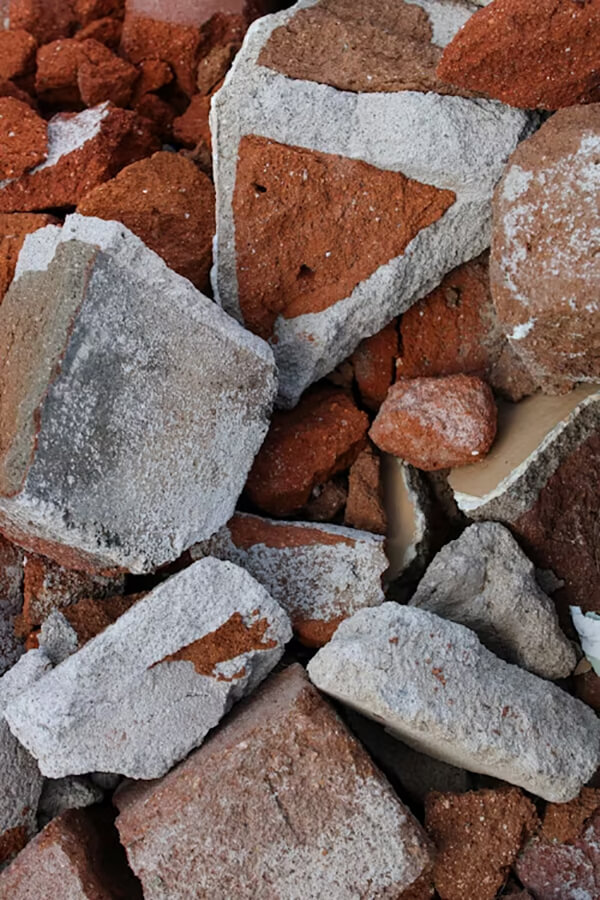
Add a heavy fill material inside the planter.
To prevent your large planter from tipping over, anchor it with a heavy fill material. You can use crushed stone to weigh down large planters.
Don’t have crushed stones?
Crushed gravel, blue stones, or bricks are other good alternatives. Be careful with the type of fill material you add to the bottom of the planter, as some planters cannot withstand the added load. Such planters will collapse if they aren't made to accommodate the extra load.
Use custom anchor bolt holes
In addition to heavy fill materials, custom anchor bolt holes can be used to weigh down your planters. This is necessary for planters that'll be positioned above those using the space. Ensure that the size of anchor holes correlates with the selected anchoring system to prevent the planter from tipping.
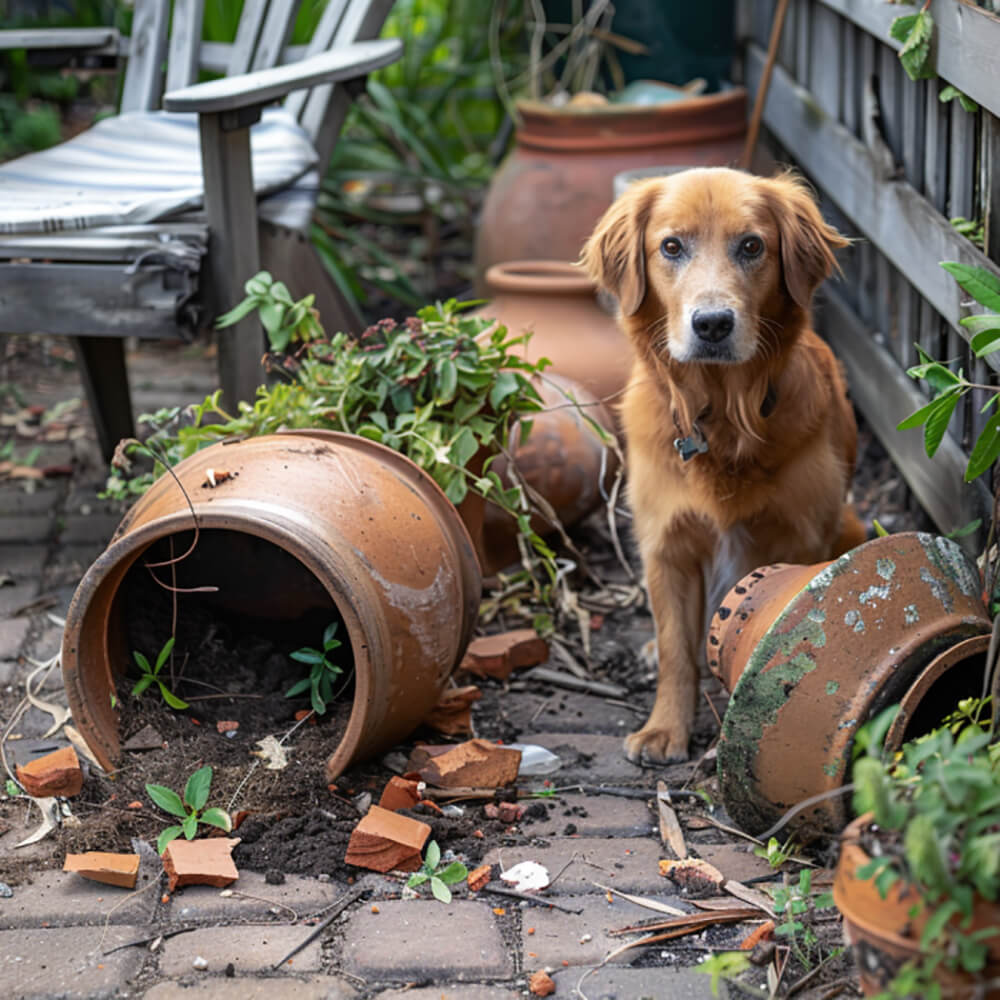
Types of plants for large planters
Now that you know how to fill a large planter, what next?
It’s time to plant!
Here are common types of plants to grow in large planters:
Hibiscus
Hibiscus is a popular choice for homeowners and commercial property owners thanks to its colorful flowers, which come in many vibrant colors. It helps add beauty and enhances the aesthetics of your outdoor space, making it ideal for homeowners looking to boost their curb appeal.
As a plant with a compact growth habit, hibiscus adapts well to containers and is very easy to care for. This makes it the perfect pick for homeowners with low gardening experience, especially those looking for a versatile plant to grow in their large planter.
Marigolds
Marigold comes in a striking color that is hard to miss. Its lush and vibrant booms can brighten up your space effortlessly. Marigolds can withstand drought and some harsh weather conditions, making them a good pick for your large planter. Like hibiscus, they are easy to grow. Caring for marigolds involves keeping their soil moist, especially during extended dry periods.
Boxwoods
From its elegant vibe to its beautiful large flowers, boxwood is another perfect choice for large planters. Its dense growth habit allows it to create lush green foliage, thereby adding greenery to your outdoor space.
Boxwood is versatile and comes in different shapes and sizes, meaning it can be used in various large planters, whether traditional urns or modern pots. They are also easy to maintain and can adapt well to container gardening.
Herbs
Though not as colorful as some ornamental plants, herbs can add zest to your outdoor space. The companion plant grows compactly, making it the perfect choice for your large planter.
Herbs add different aromatic fragrances and greenery to your outdoor space, transforming it into an oasis of relaxation. They are lightweight, meaning you can move them easily in their planters. Many herbs are sun lovers for most of the day, especially if you're considering growing a large amount.
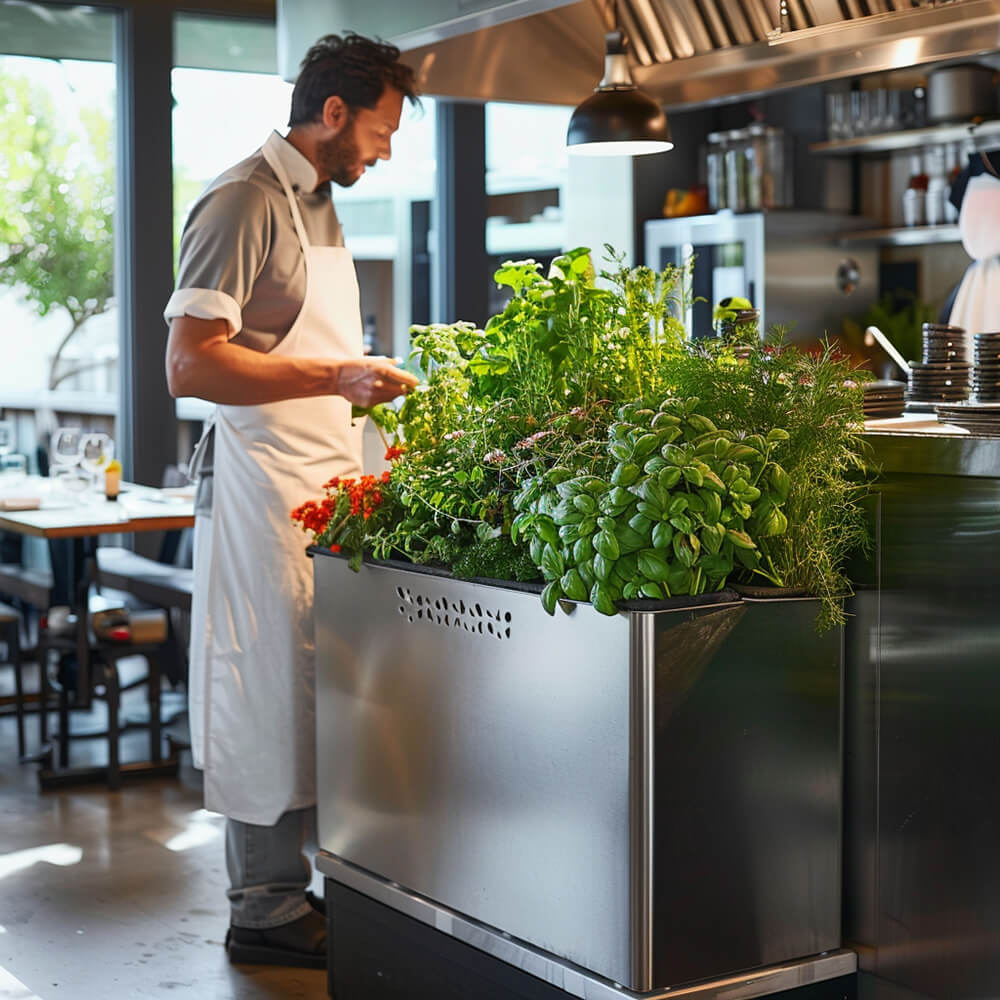
Begonias
Do you want to add beauty and color to your outdoor space?
Try begonias!
Begonias come in many color options, enough to illuminate your space, drawing admiring glances to your home exterior. They can be used in large containers, hanging baskets, or bedding schemes.
Whether you prefer upright, trailing, or bushy form, begonias comes in varieties designed to suit your preference. Plus, they adapt well to different container types, making them ideal for outdoor space. Begonias thrive better in mild sunlight.
Coleus
Coleus comes in a variety of long-blooming floral colors. Its colorful foliageexudes grace and elegance, creating a striking focal point in your space. When paired with the right annuals, coleus can create a dynamic and visually appealing container arrangement, capturing attention even from a far distance.
The tropical plant, which comes in different shapes, sizes, and growth habits, can beautify your walkways, doorsteps, balconies, patios, etc. Coleus thrives in full sun or partial shade but will struggle in freezing temperatures.
How to layer large planters
Here are tips on how to layer your large planter for optimal plant health and growth. Layering arrangements are stunning if done right!
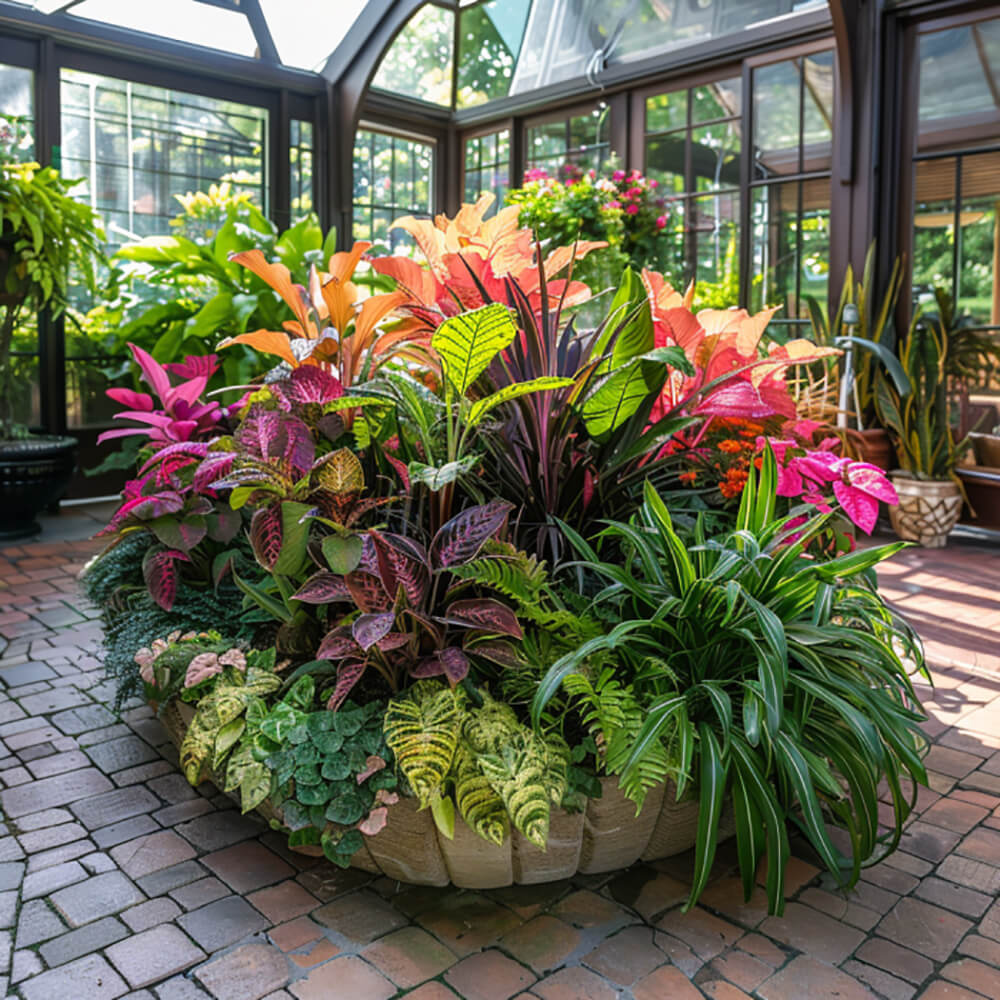
Pot filler
First, add filler materials at the base of your planter to improve drainage and prevent waterlogging. Common filler materials to consider are glass pebbles, small rocks, broken ceramics, etc.
Mesh or landscape fabric
Add a layer of mesh or landscape fabric on the filler material to prevent the potting mix from blending with the pot filler or filler material.
Potting mix
Next, place a layer of high-quality potting mix on the mesh. Go for a potting mix that’s specifically designed for containers.
Add your plant
Add your desired plants and arrange them based on their height, color, and growth needs. Plus, ensure that they are well-spaced toreduce competition and encourage growth. Next, water the plant to settle the soil around the roots.
Final Thoughts
Learning how to fill a large planter is essential for great plant growth and great visual effects. But it's also important you select the right planter for your plants. The right planter can enhance the aesthetic appeal of your outdoor space while providing the optimum environment for your colorful plants to thrive.
Our planters are made of durable, attractive, and portable materials that add color and texture to your space. They are perfect for beautifying your decks, patios, hotels, entryways, malls, and parks.